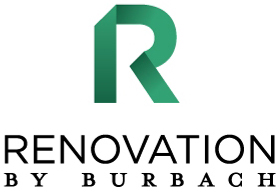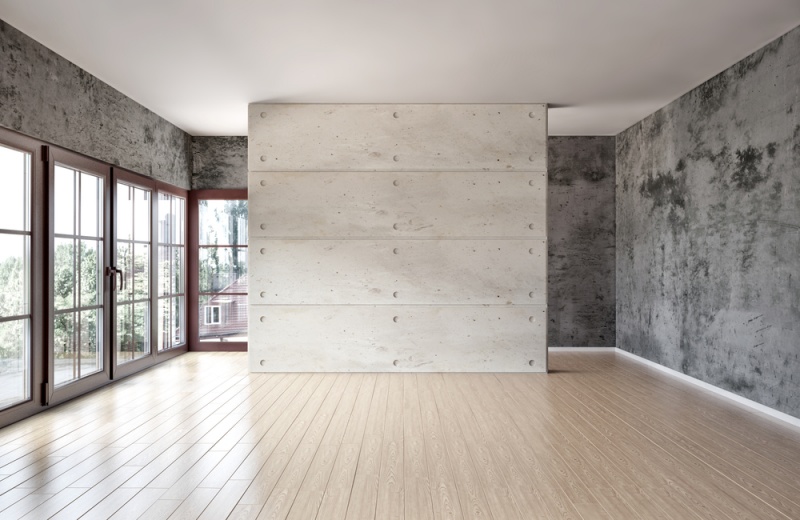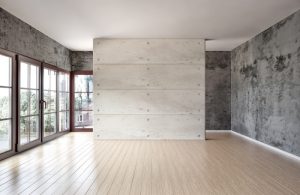Concrete home exteriors are making a comeback. This material, once reserved for schools, prisons and homes in developing nations, is favored here once again after having experienced a resurgence in Europe.
You can see more concrete floors, countertops and hearths these days too. The concrete block structure is popular in Florida as well, and other areas in which hurricanes are common.
But we don’t get too many hurricanes here in Utah, and it’s not particularly windy, so those homeowners with a penchant for the durable home exterior usually go with stucco.
What’s the difference, you say? Aren’t they both hard and crumbly? Yes, but so is a scone and you wouldn’t build your home out of that, would you?
DIFFERENCES BETWEEN CONCRETE AND STUCCO
Concrete is made of cement, water and sand. Stucco is made of these ingredients as well, plus lime.
One big difference between these two home exteriors is that when dry, stucco is breathable — it has tiny pores that allow water to evaporate from behind it so that moisture doesn’t build up and cause rot.
How each material is mixed and the proportions of each ingredient are critically important in the quality of the finished project.
It is not just careful measuring that makes for a good final product — it’s experience. Weather, temperature, season and quality of materials all make a difference. Proportions may need to be adjusted based on these factors, and the only way to do this right is to know from experience how the product will behave.
Improper mixing or drying techniques can result in cracking or leave you with a brittle or weak surface that will break down quickly. Concrete is load bearing, and an improper mixture can be life-threatening. Stucco cannot bear any weight, but bad mixing still will cause it to crack and crumble.
APPEARANCE OF HOME EXTERIORS
If you’ve seen stucco applied, you know how it’s done — with a trowel. Concrete cannot be troweled on to vertical surfaces. Gravity dictates that it dry horizontally or in molds. The consistency aspect of stucco allows for more decorative applications than concrete.
Among some popular stucco finishes are sand, lace, worm, smooth and cat face.
Stucco mixtures also allow you to add color, whereas with concrete, you’re pretty much stuck with shades of gray. It’s not impossible to color concrete, but you have to be careful, because adding colorant affects the strength of the mixture. You need someone with a lot of experience to get that right.
The professional team at Renovation by Burbach has extensive experience in applying and repairing stucco. Stucco is beautiful, durable, a great sound buffer and cheaper than a lot of other home exteriors.
If you’re interested in this versatile home exterior, call us today for a free consultation.
- When Do I Need to Replace My Rain Gutters? - May 20, 2024
- Getting Your Rain Gutters Ready For Spring - April 22, 2024
- Why James Hardie Siding Is Perfect For Your Home - March 26, 2024




